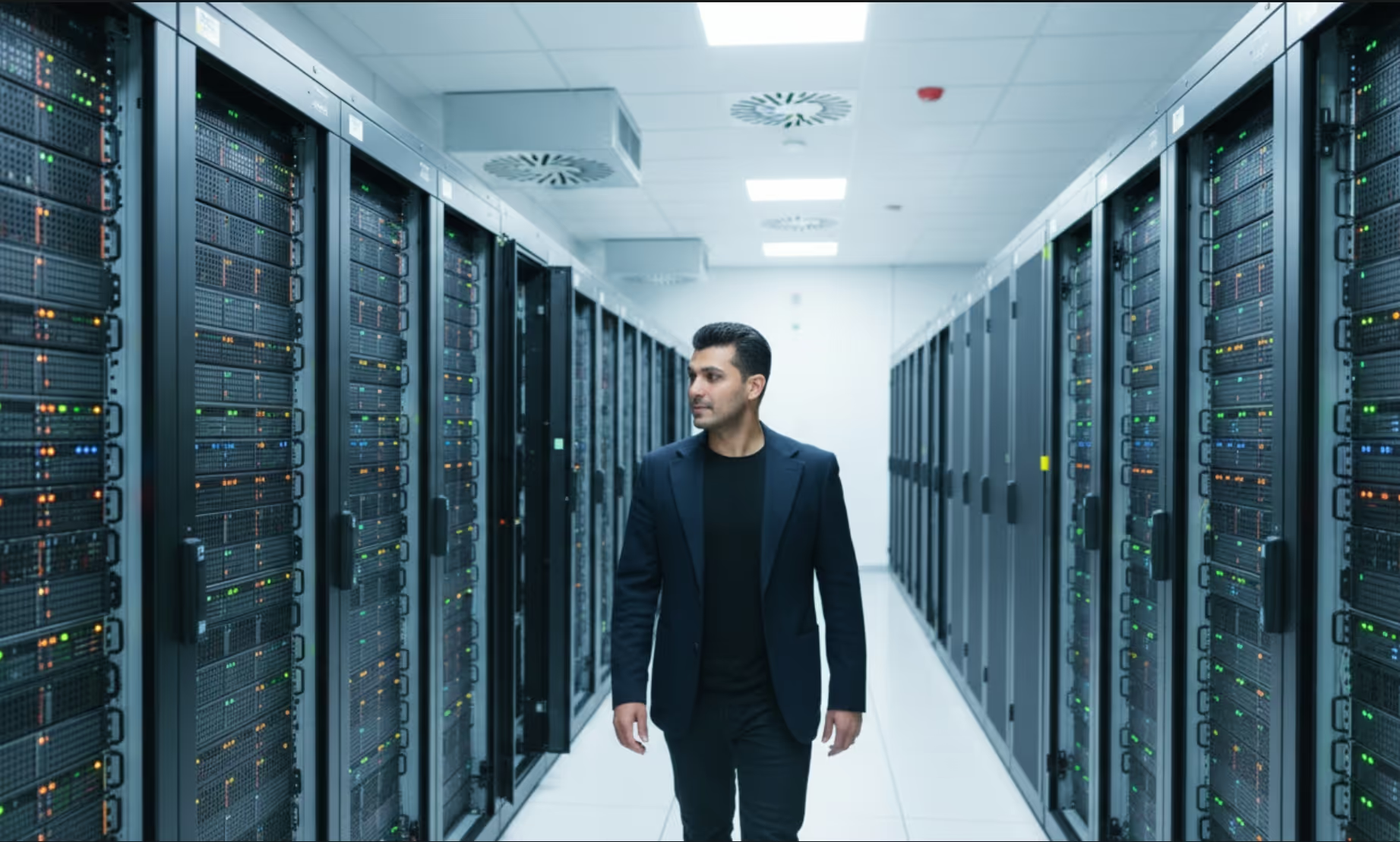As its name implies, Third Party Maintenance (TPM) is a service offered by third parties to provide hardware maintenance and support in place of the Original Equipment Manufacturer (OEM). It is an alternative to standard warranty and post-warranty support offered by OEMs. The service is usually provided by expert personnel that have both the expertise and certification to work with devices and systems from a broad range of suppliers. Usually, the TPM support will cover the equipment that is considered to be at the end of its service life.
Getting the best out of TPM requires one to understand its purpose and benefits, which is why we prepared a two-article guide on the matter that you can read below.
What Does Third Party Maintenance Include?
Third Party Maintenance encompasses diverse services that can be provided on-site, online, or by any communication channel. They include operational maintenance for a whole range of devices and equipment, hardware support, which includes part or system replacements and repairs (servers), provision of data center assets, management of storage hardware, on-site assistance with repair and maintenance work, remote control, and monitoring, etc. These services are subject to customization as per agreement with the TPM provider you want to work with.
What Are the Benefits of TPM?
As suggested above, the TPM model is an alternative to standard warranties provided by OEMs for a specific time interval. Within it (months, years), the original manufacturer handles all types of maintenance and support work for the equipment you purchased and this is done at no charge or under a separate purchase agreement. After the warranty period expires, the manufacturer may offer to sell you an additional support period for your product, at least until it is deemed as being at the end of its service life.
In these arrangements, time is a key consideration – as your equipment gets old, the more costly the support and maintenance provided by the OEM will be for you. In this manner, you are gently pushed in the direction of buying new hardware or upgrading it. Finally, all pieces of equipment eventually get to the point at which the OEM will refuse to provide maintenance service and this is usually the end of the line for them. Third Party Maintenance emerged as an alternative to being forced to buy new hardware and dealing with the exhaustive administrative and legal aspects of the support provided.
This means that the benefits of TPM will initially revolve around cost-cutting and more flexibility for the customer. This is because the OEMs and TPM providers employ two essentially different business models – OEMs are focused on profiting from forcing you to buy new and upgrade existing stuff while the TPM providers base their business model on the provision of affordable and long-term services.
This is easily translated into cheaper support across a diverse range of equipment, as these providers are not focused on a single product. Also, they will not measure how much time has passed from your initial purchase, leaving you instead with an option to continue to enjoy support for a product for as long as possible, even at the end of its service life.
In the next article, we will look at the relationship between the life cycle of products and the provided TPM services.






